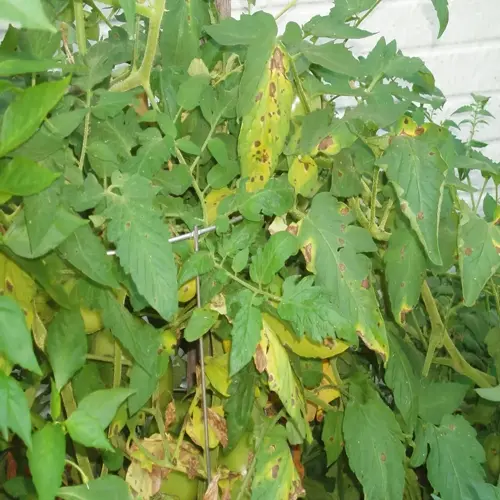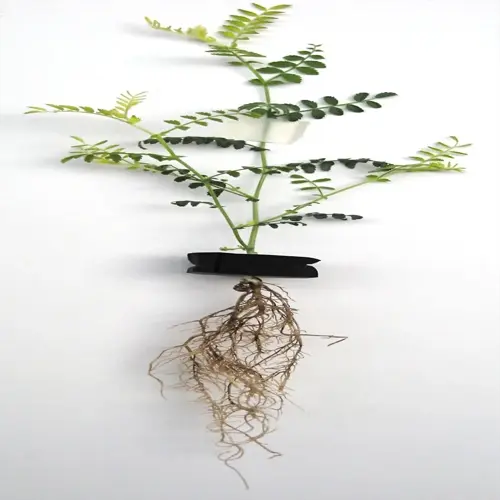How do different apple varieties affect harvest timing?

Written by
Julia Anderson
Reviewed by
Prof. Samuel Fitzgerald, Ph.D.Apple varieties ripen according to different seasons that also dictate your harvest schedule. Early varieties ripen in the summer heat, and late varieties can handle the autumn chill. Genetics have more influence than growing conditions on the timing of this cycle. Harvesting varieties at the natural rhythm of the array will maximize flavor development.
Early-Season (Aug)
- Develop flavor quickly in warm temperatures
- Best eaten fresh within 2-3 weeks
- Examples: Zestar!, Ginger Gold, Paula Red
Mid-Season (Sep-Oct)
- Balance warm days and cool nights
- Store 2-4 months with proper refrigeration
- Examples: Honeycrisp, Gala, Cortland
Late-Season (Oct-Nov)
- Require frost-free periods for sugar accumulation
- Store 4-6 months in cold conditions
- Examples: Fuji, Granny Smith, Arkansas Black
Climate shifts harvest windows a lot. Warmer areas are 2-3 weeks ahead of the season. Coastal regions experience delayed ripening due to cooler nighttime temperatures. Mentions frost dates in a locality. My Minnesota orchard picks Honeycrisp 2 weeks later than the southern growers.
The location of the tree determines the timing of individual fruit ripening. Sunlight-exposed apples emerge first on outer branches. Inner shaded fruit ripens afterward. Each tree is harvested three times over 10 days. This staggered harvesting allows every apple to be harvested at peak ripeness.
Maintain annual harvest records, noting the dates of bloom and weather patterns. This personal data accurately predicts future windows. My log indicates that Fuji ripens 5 days later for every 1°F below the average September temperatures. Your records will be extremely valuable timing markers.
Read the full article: When to Harvest Apples: Expert Timing Guide

